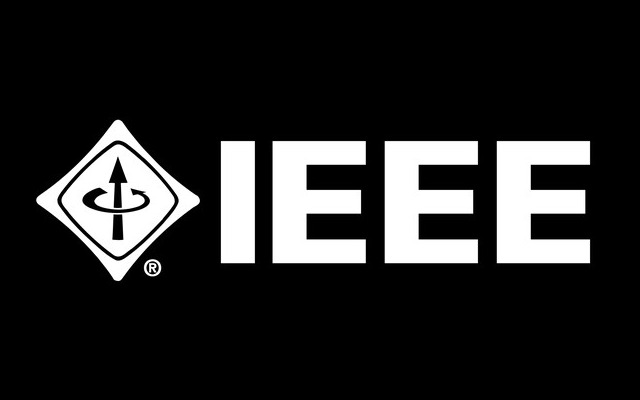As Wi-Fi technology continues to evolve, so do ways in which VoIP app users connect.
The IEEE announced a new update to the 802.11 Wi-Fi standard yesterday, and the association just approved the 802.1aq Shortest Path Bridging standard, which will streamline the management and build-out of networks by using the latest-gen VLAN with a higher service capacity.
Basically, this translates to a larger scale for more efficiency and less errors. Read the full press release below.
PISCATAWAY, N.J.–(BUSINESS WIRE)– IEEE, the world’s largest professional association advancing technology for humanity, today announced that it has approved the IEEE 802.1aq™-2012 Standard for Local and Metropolitan Area Networks: Bridges and Virtual Bridged Local Area Networks. Also known as Shortest Path Bridging (SPB), the standard will help dramatically reduce the complexity of Ethernet networks while increasing their scale. Part of the IEEE 802® family of standards for local and metropolitan area networks, IEEE 802.1aq encompasses all functionalities of existing technologies, such as Spanning Tree Protocol (STP) and Multiple MAC Registration Protocol (MMRP) into a single, easy-to-use link state protocol.
The new IEEE 802.1aq SPB standard is expected to significantly streamline the creation and management of enterprise, carrier, and cloud networks, and is designed to virtually eliminate human error during network configuration. IEEE 802.1aq preserves the plug-and-play nature that established Ethernet as the de facto protocol at Layer 2. It leverages a proven carrier-grade link state protocol for automatic and instantaneous building of the most logical, optimized topology between access points. This simplifies endpoint provisioning, decreases configuration burdens, and reduces errors. It also helps enable more dynamic deployments that are easier to use and maintain than other technologies.
“Ethernet is a uniquely enabling technology that has indelibly changed the face of the networking and communications landscape; yet, for all of the benefits it brings – improved interoperability and enhanced functionality, for example – it is still subject to challenges like increased complexity in network architectures and simple human error,” said Tony Jeffree, chair, IEEE 802.1 Working Group. “IEEE 802.1aq will help minimize these issues by providing a robust control plane that delivers greater scale, resiliency, and efficiency in Ethernet networking, simplifying operations and minimizing human error.”
Based on a proven link state routing protocol, SPB combines Intermediate System To Intermediate System (IS-IS) and Ethernet to deliver more power and scalability than its predecessors. Using the IEEE’s next-generation VLAN, called a Service Interface Identifier (I-SID), it is capable of supporting 16 million unique services compared to the VLAN limit of four thousand. Once the I-SID is provisioned at the edge, the network core automatically interconnects like I-SID endpoints to create a contiguous fabric leveraging all links and equal cost connections using an enhanced shortest path algorithm.
Already being deployed by users around the world, IEEE 802.1aq consolidates multiple existing functionalities, including STP, Multiple Spanning Tree Protocol (MSTP), Rapid Spanning Tree Protocol (RSTP), and MMRP into in a one link state protocol.

